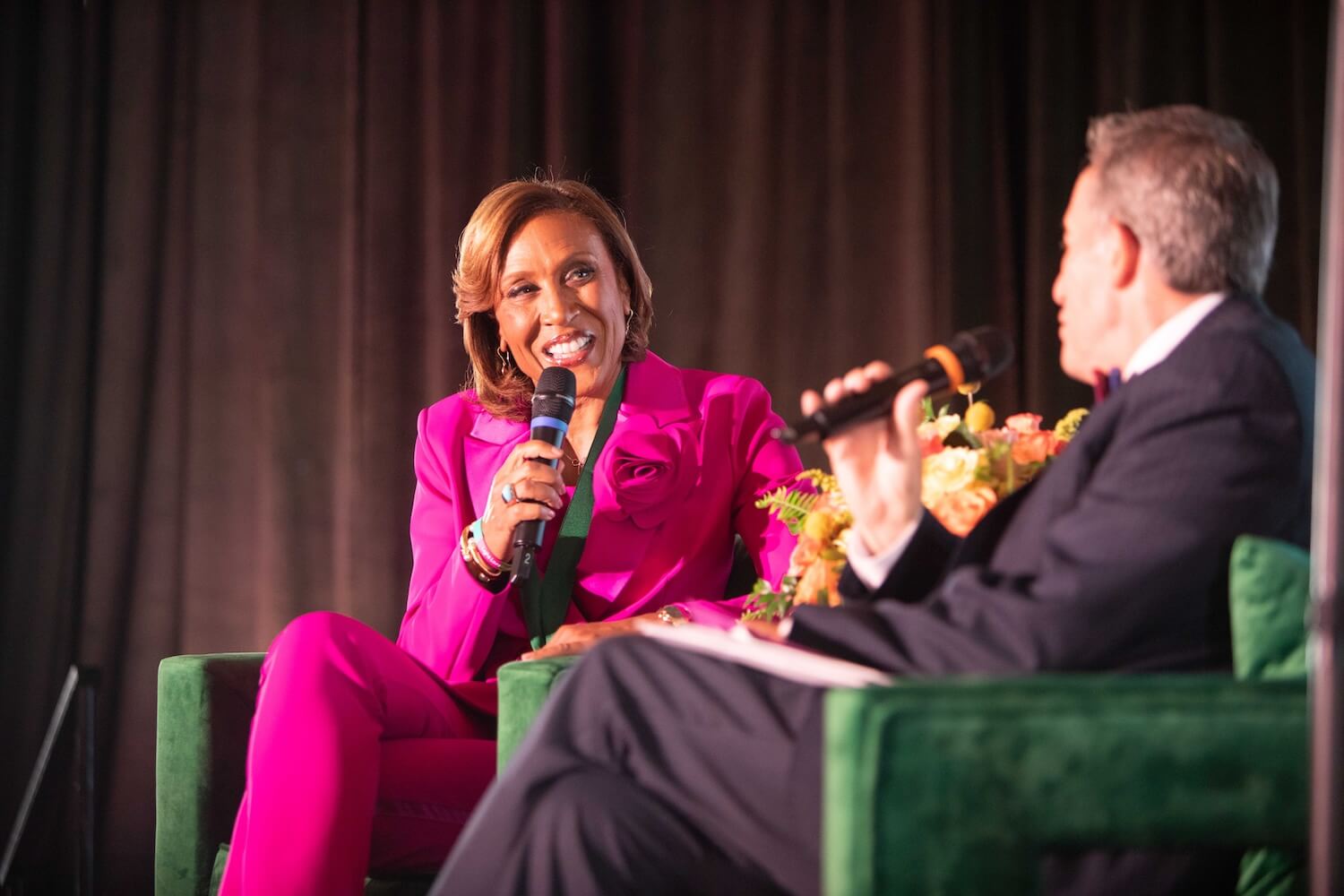Holly Hughes has been editor of the annual anthology “Best Food Writing” for more than 10 years. In that time, she’s seen many changes.
In her own words, Hughes talks about food writing’s past and future.
On the evolution of food writing:
Daily newspapers have really evolved from featuring short recipe articles to covering food policy issues and profiling local producers. Local newspaper writers were always able to call attention to some local pig farmer or heirloom apple orchard, but lately they’ve been able to cover more of that. The food scenes in so many cities have more depth to them these days. It’s really been a boon to local newspapers’ food sections.
Increasingly, writers tell me that magazine editors don’t want full stories, they want blurbs and boxes, because they claim readers today have a shorter attention span. I worry that we may be seeing the death of the longform nonfiction article, not just in food writing but in all branches of journalism. That’s why I love the alternative weeklies — they still devote space to longform writing.
I tend to like humor, and there’s so much more of that. This year, the Beard award added a humor category for the first time, and Ruth Bourdain (the anonymous Twitter writer) won. I love that people can laugh at themselves.
On writing about food in an online world:
The Internet has really changed a writer’s access to the audience. Think back to the old days where someone was thrilled with having a letter to the editor published. Now you can have a dialogue directly with the writer, and that’s really empowering.
From the writer’s perspective, you can fine-tune what you’re writing about because you know who is reading your work and what their tastes are.
To me, there’s a big difference between a food blog and the online sites, places like eGullet and chow.com. These sites are really aware of their readers, and writers can get a story up in a timely fashion. (Most food magazines are put to bed months before they come out — it’s August and you’re writing about root vegetables.)
Even for bloggers, the Internet can give you instant access to an audience, and provide space for you to develop a voice. But there are an awful lot of blogs out there. Many have beautiful food photography but nothing to say.
On the audience shift:
The term “readers” covers a wide range of people. There are foodies who are obsessed with checking out food trucks; there are home cooks who invest in their own sous vide machines and all the gear — cooking is a competitive sport for them.
Here’s what other food writers have to say:
- Ruth Reichl, former editor of “Gourmet” magazine
- “Everybody has always thought they could be a food critic”
- Dara Moskowitz Grumdahl, editor-in-chief of “Real Food” and winner of five James Beard awards
- “Being a restaurant critic in Minnesota is relentlessly local”
- Jonathan Gold, food critic for LA Weekly, Pulitzer Prize winner
- Food section “almost like a newspaper within a newspaper”
- Miriam Morgan, food editor at the San Francisco Chronicle, winner of the 2011 James Beard award for Best Food section
- “Reporting about food is no different than anything else, it requires knowledge of the beat”
- Craig LaBan, food critic for The Philadelphia Inquirer, James Beard award winner
- “You can’t underestimate how the change in technology has changed food writing”
Food prices are one of many food-related topics in the news these days. Participate in a NewsU webinar on Thursday at 2 p.m. ET to learn how you can go beyond regurgitating numbers by explaining what they mean and how they affect local wallets.







Comments